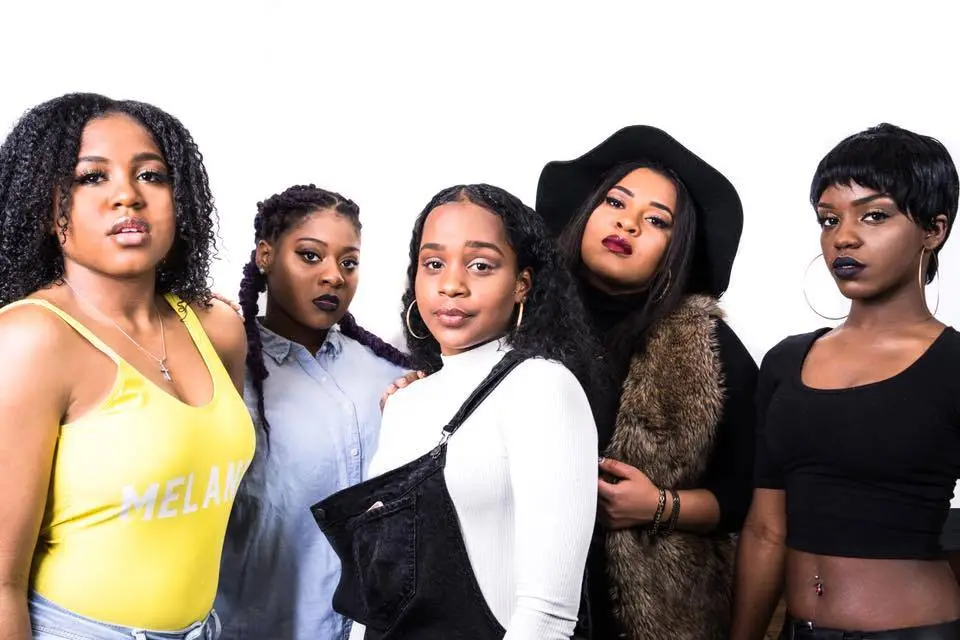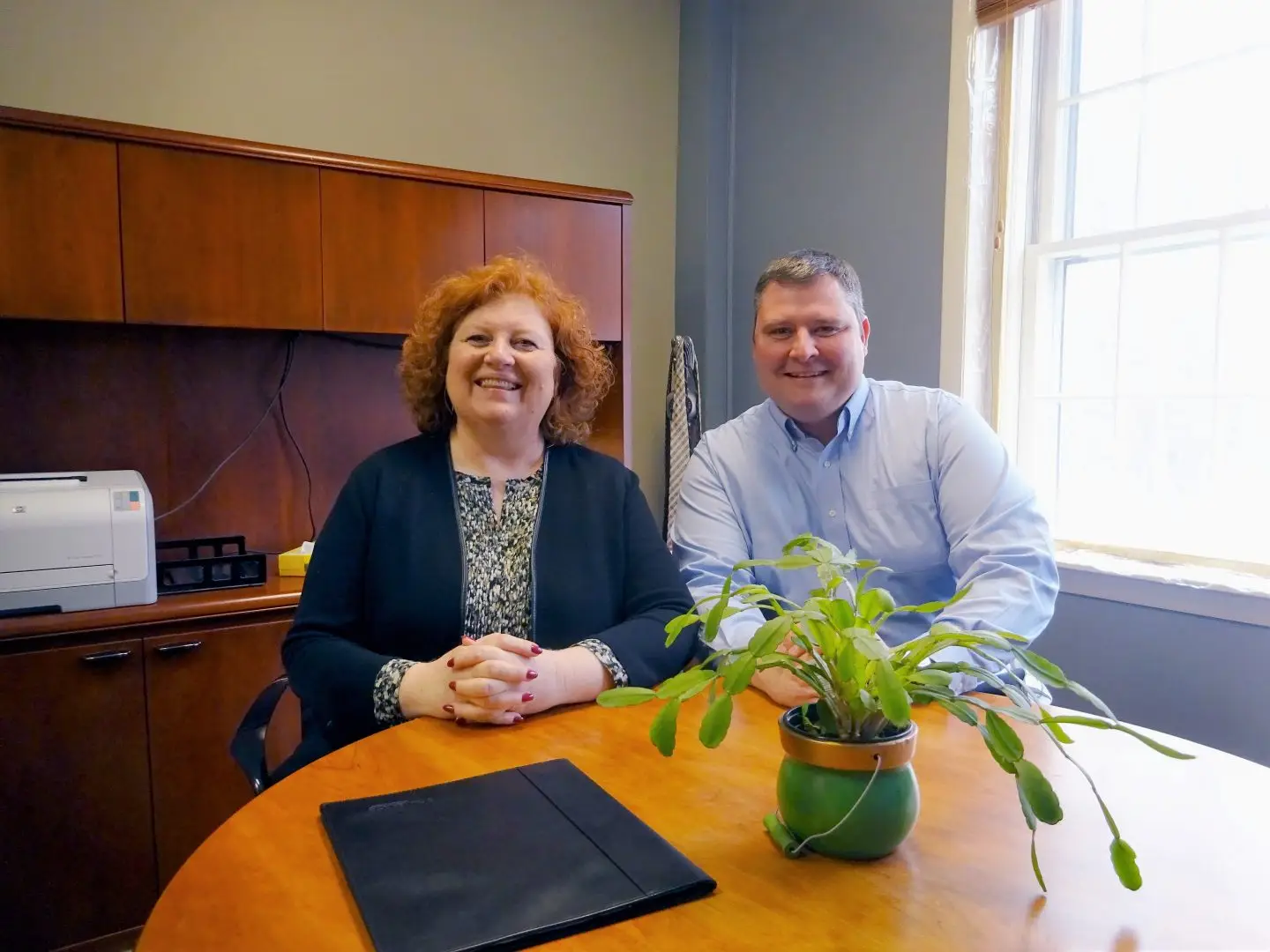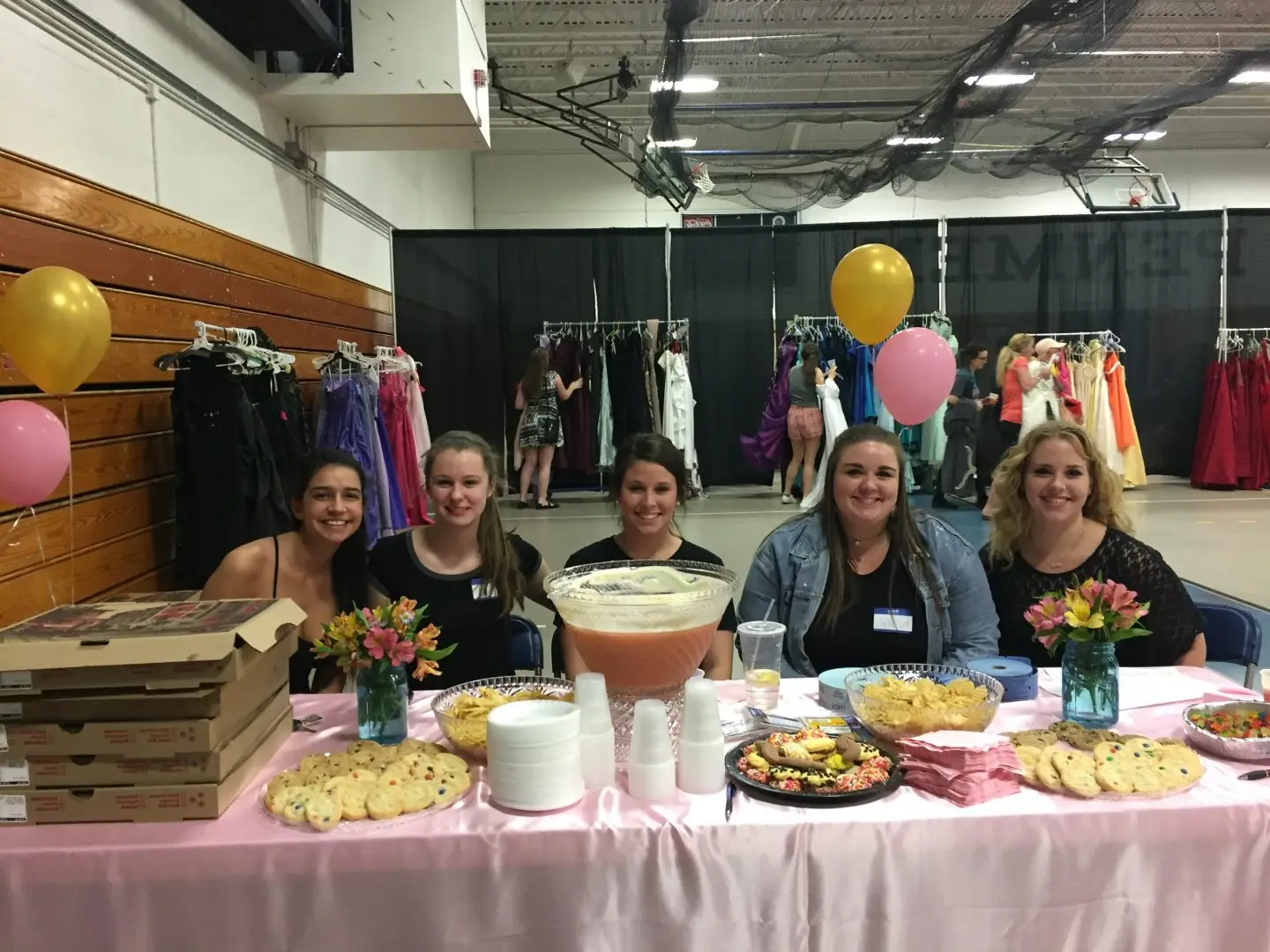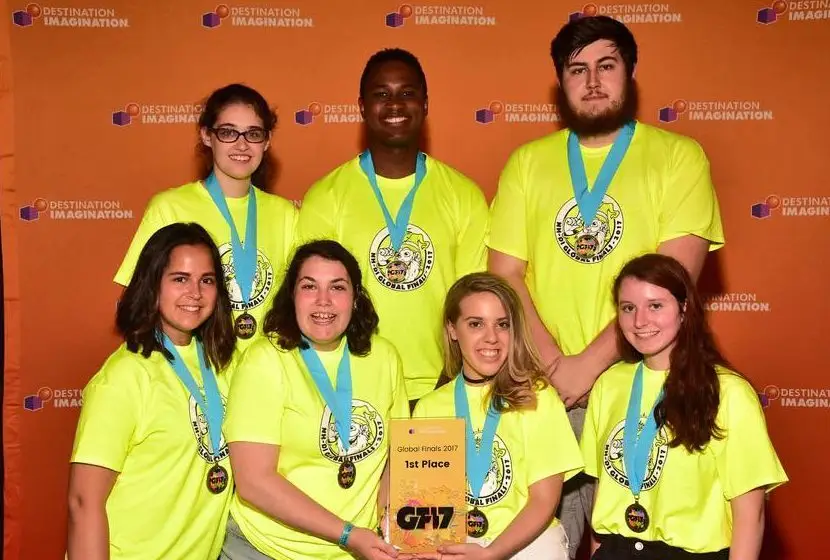It’s well known that one of the institutional goals for SNHU surrounds the promotion of diversity, equity, and inclusion. Students quickly understand this when joining SNHU by having to take First Year Seminar, which aims to explore diversity issues in the classroom. However, it is less known that SNHU has developed a full five-year strategic plan to increase diversity, equity, and inclusion (DEI) in many aspects throughout the institution.
At the board of trustees meeting in June of 2018, the leadership of SNHU presented the 2018-2023 strategic plan. In the appendix, each department was asked to contribute its own goals. While the board of trustees approved this strategic plan, they also asked Chief Diversity and Inclusion Officer Jada Hebra to expand her departmental goals and develop a separate five-year DEI plan, now known as the Social Mobility and Opportunity Agenda.
From that point until December of 2018, Hebra attempted to recruit a team of 15 and ended up with a team of 34. The team included students as well as staff, faculty and administration. This team worked in five workstreams developing a diversity objective, an equity objective, and an inclusion objective for each of the five commitments the 2018-2023 plan created. Overall, the plan developed 15 DEI objectives and three goals. The plan’s goals are to cultivate equity, access, and just experiences, to foster a culture of belonging and agency, and to advance learning and development for equity and academic efficacy. The plan was then presented to the leadership team in January for editing. Then it was approved at the next board of trustees meeting in February.
Hebra explained the benefit of having such a larger than expected team, “Everybody has blind spots. You think you’re going down a good path and then someone, particularly the student advisory groups, their input was invaluable. They highlighted things the workstreams weren’t necessarily thinking about.”
Even though the plan is supposed to be a five-year plan to supplement the strategic plan, due to its development it is more like a four-year plan. For the first year, Hebra’s team is going to work on expanding its department infrastructure (mainly staff), which it has done by expanding its team of two to seven. The team will also work to cultivate and strengthen relationships and partnerships across all SNHU units.
“Diversity, equity, and inclusion is not transactional. It is highly and deeply relational. . . It can’t be this finger-wag, top-down, you know, read this, we’re going to test you on this and then you will know,” Hebra said. Some examples of relational efforts include bystander intervention, intergroup dialogue, and restorative practices. During the past summer, Hebra brought in a facilitator to present SNHU employees with intergroup dialogue.
Shanita Williams, associate vice president of talent engagement and inclusion, added, “We have to create space for people to feel it’s okay to learn. . . Just like our students we embrace learning head-on.”
The four objectives being focused on this year are: Recruitment and retention of underrepresented learners, recruitment and retention of underrepresented employees, development of a DEI learning and development strategy, and the implementation of a climate survey. Williams works in the human resources department for the institution, so she is actively working on the recruitment and retention of underrepresented employees. She has worked with others to determine the location of SNHU’s job posting advertisements and to deploy job advertising efforts in target locations for more diverse populations. The first goal is to have the percentage of SNHU employees reflect the regional work-place eligible demographics, from there it’ll be to have SNHU employees reflect the national numbers.
Meanwhile, the Director of Diversity Programs Kayla Page is more focused on the recruitment and retention of underrepresented learners and said, “With Jada’s plan one of the things I’m most excited about is that we’re admitting students that maybe don’t fit the traditional profile of a ready college student, which is wonderful because we’re thinking critically about how do we help.”
However, change is slow and there are external factors, mostly time according to Hebra, that will continue to challenge the plan. Hebra has understood the importance of having a few “quick wins” to ensure people are aware that the university is still focused on DEI work. Hebra and her team have done this by distributing Inclusive Innovation Grants (students, staff and faculty are all eligible for funds up to $3000 through this program) and collaborating with the New England Black Conference. In January, the DEI team will be sending out a climate survey, which will help to identify the strengths and weaknesses of the university in terms of DEI.




